Building a lawn mower dump trailer can significantly enhance your lawn care efficiency and versatility. Whether you are a professional landscaper or a gardening enthusiast, creating a trailer specifically designed for transporting lawn care equipment, grass clippings, or bulk materials can save time, effort, and ultimately money. Below, we delve into every component and step necessary for constructing a functional and robust lawn mower dump trailer.
Table of Contents
- Understanding the Basics of a Dump Trailer
- What is a Dump Trailer?
- Benefits of a Lawn Mower Dump Trailer
- Essential Components
- Frame
- Bed
- Hydraulic System
- Wheels and Axles
- Hitch
- Design Considerations
- Size and Capacity
- Materials Selection
- Weight Distribution
- Step-by-Step Construction Process
- Designing Your Trailer
- Building the Frame
- Constructing the Bed
- Installing the Hydraulic System
- Adding Wheels and Axles
- Final Assembly and Finishing Touches
- Safety and Maintenance Tips
- Conclusion
1. Understanding the Basics of a Dump Trailer
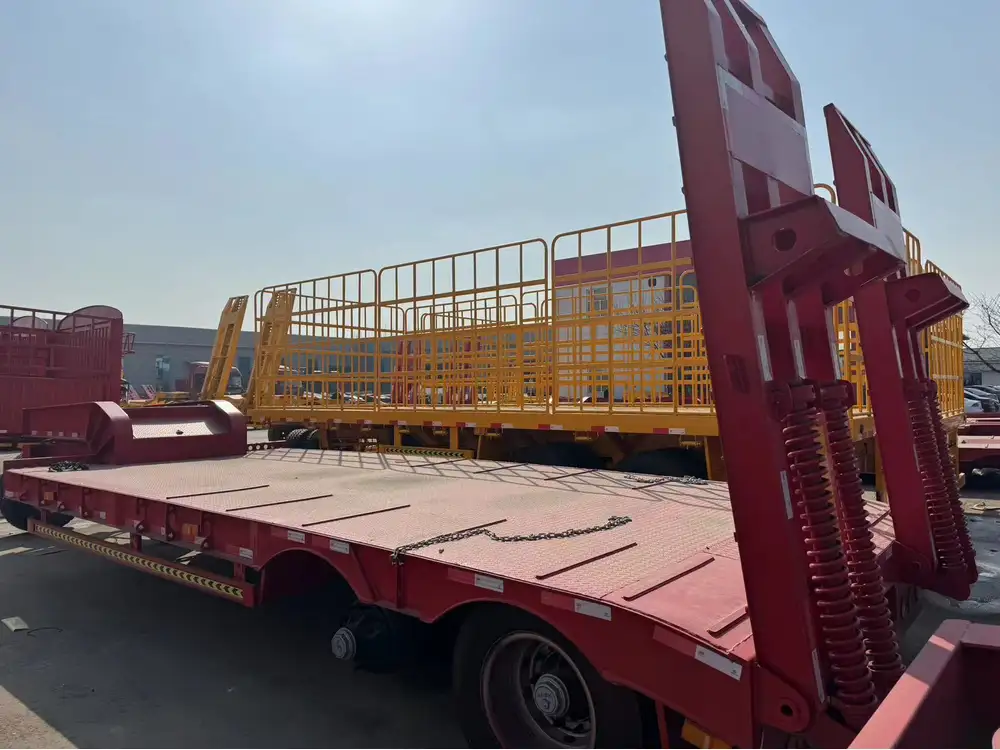
What is a Dump Trailer?
A dump trailer is a versatile transport solution that provides the ability to haul loads and efficiently unload them via a hydraulic mechanism. It usually connects to a vehicle and can hinge to allow for easy dumping of materials.
Benefits of a Lawn Mower Dump Trailer
Having a dedicated dump trailer for lawn maintenance provides several advantages:
- Increased Efficiency: Cuts down on the time needed to transport and offload materials.
- Versatility: Capable of moving various items, from clippings to tools.
- Cost-Effectiveness: Can reduce rental costs for trailers or disposal services.
2. Essential Components

Frame
The frame is the skeletal structure that supports the entire trailer. It must be strong enough to bear the weight of the load while also accommodating the stresses of towing. Typically, steel or aluminum is used for durability and strength.
Bed
The bed is the flat surface where your loads are placed. It must provide ample space and be constructed from durable materials such as plywood, steel, or composite materials to withstand the wear and tear of heavy materials.
Hydraulic System
This is the heart of the dump trailer. A hydraulic system enables the bed to tilt and dump its contents with ease. Choose a reliable hydraulic jack or a dedicated hydraulic pump for better performance.
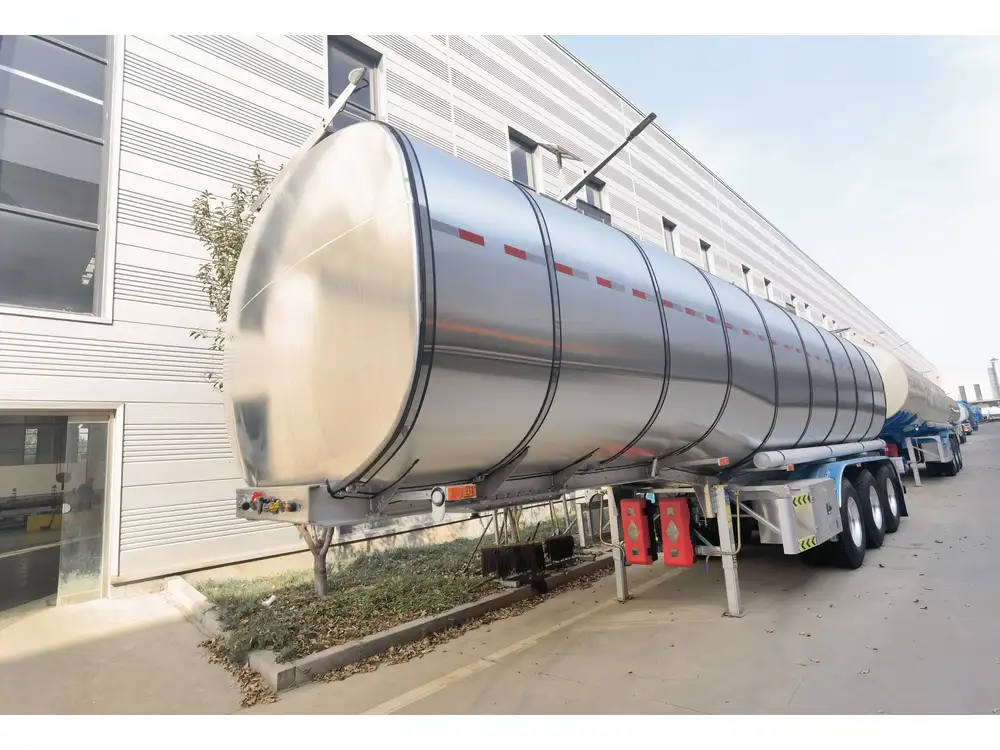
Wheels and Axles
Quality wheels and axles are essential for stability and ease of movement. Depending on your expected load, ensure to choose the right size and load rating for your wheels and axles.
Hitch
The hitch attaches the trailer to your lawn mower or towing vehicle. Make sure it is compatible with your equipment and can safely support the maximum load.
3. Design Considerations

Size and Capacity
Determining the right size hinges on the type of loads you expect to transport. Consider both the width of your mower and the overall towing capacity. Common dimensions include:
| Dimension | Standard Size (inches) | Capacity (lbs) |
|---|---|---|
| Length | 60 | 2000 |
| Width | 48 | 1500 |
| Height | 36 | 1200 |
Materials Selection
Selecting materials involves balancing weight, strength, and cost. Common materials include:
- Steel for strength and durability.
- Aluminum for lightweight and corrosion resistance.
- Wood for a cost-effective option for the bed.
Weight Distribution
Proper weight distribution is crucial for safe towing. Plan to place heavier materials closer to the axles and light materials towards the front to maintain balance and control during transport.
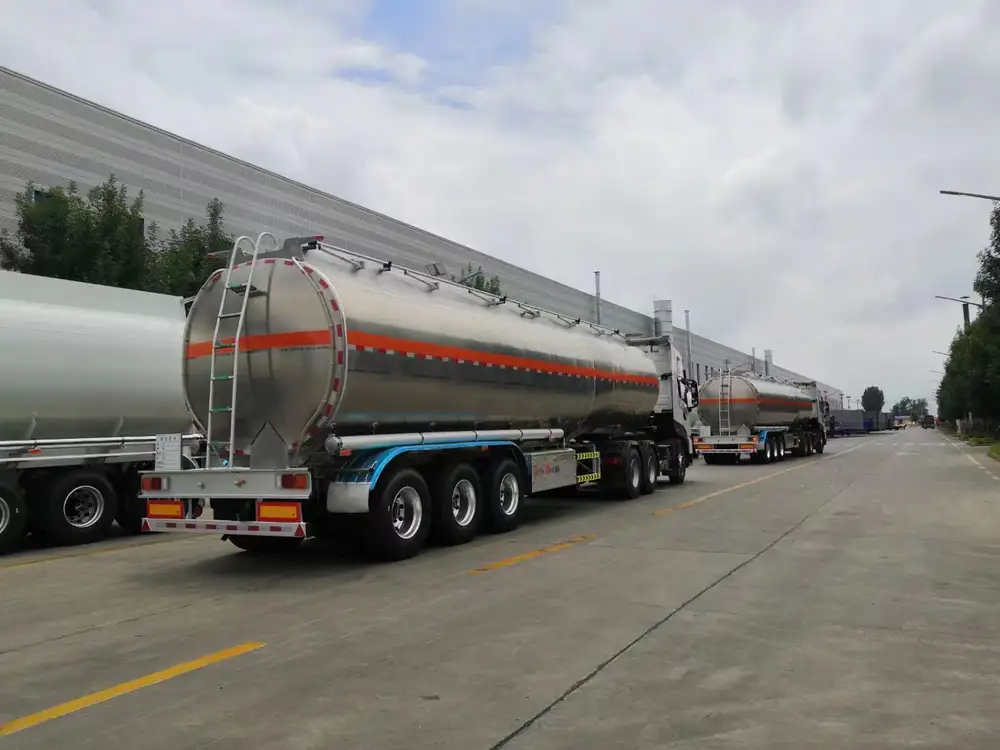
4. Step-by-Step Construction Process
Designing Your Trailer
Start by sketching a design outlining dimensions and features. Consider modular designs that allow easy alterations in the future. Utilize CAD software for precision measurements and better visualization.
Building the Frame
- Cut Materials: Use steel or aluminum to cut parts according to your design.
- Assemble the Frame: Weld or bolt the pieces together ensuring a sturdy base.
- Reinforce: Add gussets or additional supports at stress points to enhance durability.
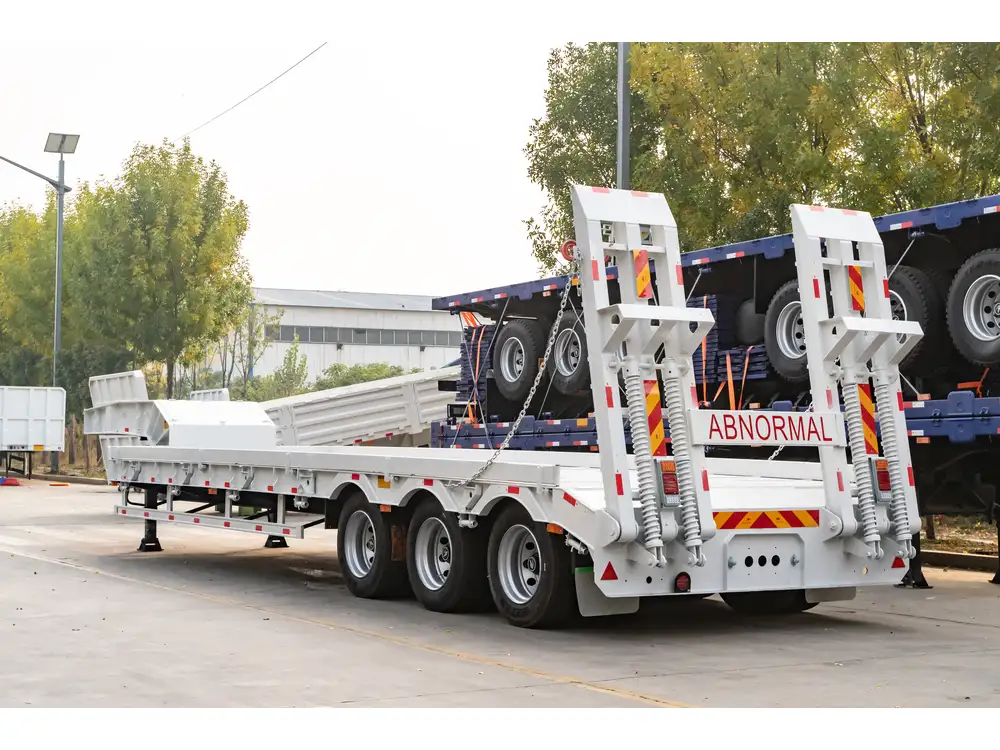
Constructing the Bed
- Choose Material: Select either plywood or metal sheets for the bed.
- Cut to Size: Ensure the bed dimensions fulfill your requirements.
- Attach to Frame: Use bolts or screws to secure the bed firmly to the frame.
Installing the Hydraulic System
- Mount the Hydraulic Cylinder: Position it in a way that will allow the bed to pivot efficiently.
- Connect the Lines: Ensure all hydraulic connections are leak-proof and securely in place.
- Test Functionality: Before attaching it to your mower, test the hydraulic operation.
Adding Wheels and Axles
- Mount the Axles: Securely attach axles to the frame, ensuring they are perfectly parallel.
- Install Wheels: Place the wheels on the axle and ensure they rotate freely.
- Check Alignment: Verify that everything is aligned correctly for safe towing.
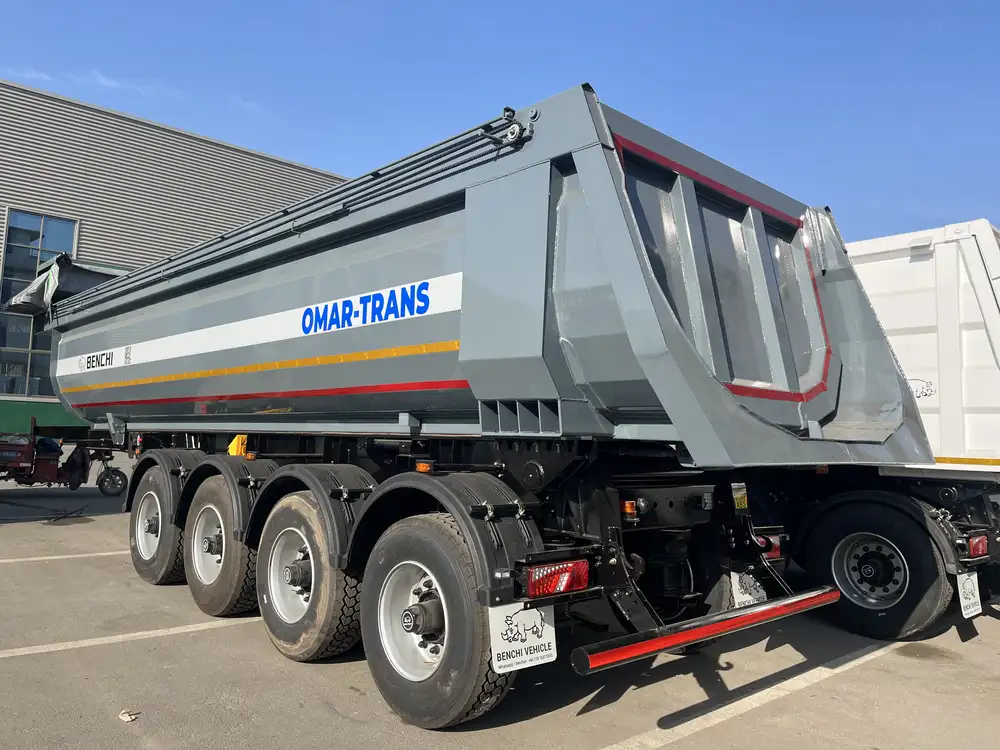
Final Assembly and Finishing Touches
- Hitch Installation: Attach the hitch at the front of the frame.
- Paint and Seal: Apply weather-resistant paint to prolong life and prevent corrosion.
- Inspection: Conduct a thorough inspection to ensure all components are securely attached and functional.
5. Safety and Maintenance Tips
Safety is paramount when using and maintaining your lawn mower dump trailer:
- Regular Inspections: Check for wear and tear on the hydraulic system, wheels, and frame.
- Test the Hydraulic System: Ensure timely maintenance to prevent hydraulic failure.
- Ensure Load Limits are Clear: Do not exceed the maximum weight limit to maintain control.
Maintenance Checklist
| Task | Frequency |
|---|---|
| Inspect wheel bearings | Monthly |
| Check hydraulic fluid | Every 3 months |
| Look for structural damage | After each heavy load |
| Lubricate moving parts | Every 2 months |

Conclusion
Constructing a lawn mower dump trailer is more than just a weekend project; it’s a commitment to enhancing your gardening and landscaping efficiency. From design considerations through to the final assembly, following a structured approach ensures that your trailer not only meets your current needs but is also adaptable for future requirements. By investing your efforts into this project, you cut costs on labor and improve your overall operational efficiency. Get started today by designing your ideal lawn mower dump trailer, and watch as it transforms your lawn care experience.



